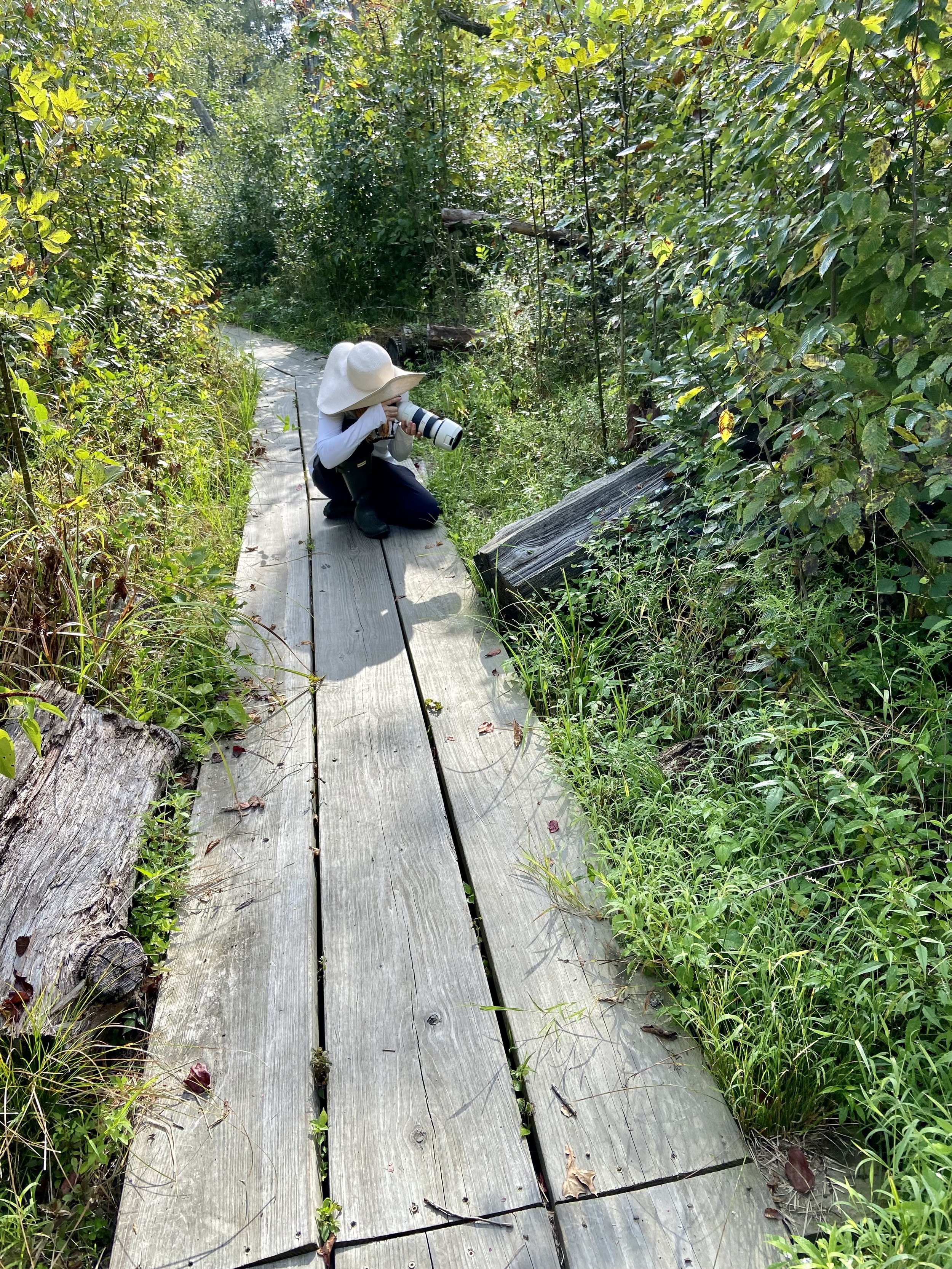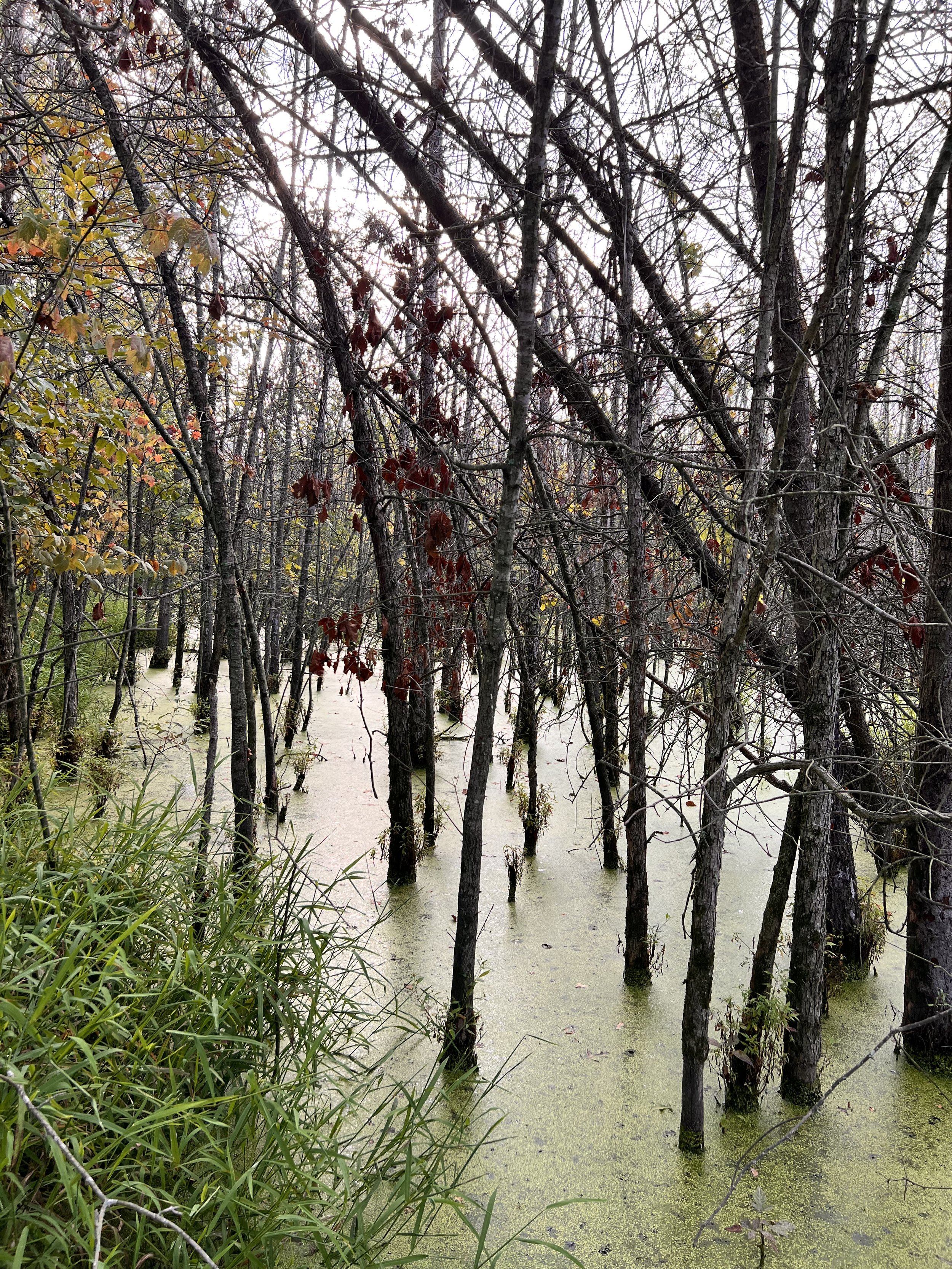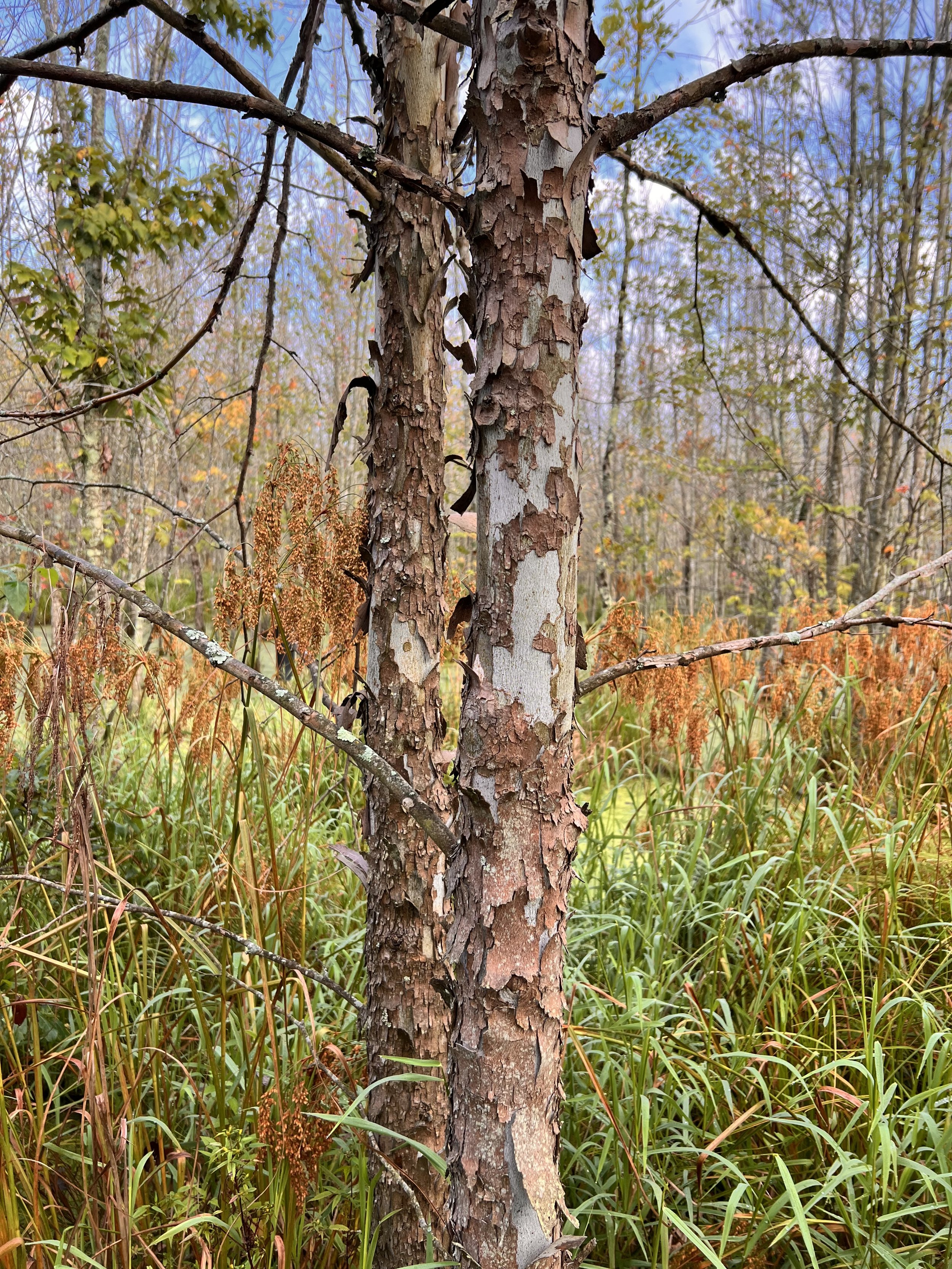To change our environmental path to one of positivity, we need visuals. With that thought, I am excited to share this morning’s experience.
We discover the captivating beauty of Beanblossom Bottom Wildlife Habitat - a living testament to the power of ecological change. Once a family farm for over a century, this remarkable property has been transformed into a thriving wetland sanctuary.
Formerly owned by the Johnson family, since 1898 Robert Anthony Johnson, an esteemed ornithologist and IU professor, dedicated his life to studying bird behavior and publishing research on diverse species worldwide. In 1995, the Johnson family generously donated their beloved farm to the Sycamore Land Trust, marking the beginning of an incredible transformation. Over the years, this once-dry farmland has evolved into a spectacular wetland ecosystem, showcasing various stages of growth and renewal.
If you are interested in regeneration Beanblossom Bottom wildlife is a must. As you explore the grounds, you'll encounter many ecosystems - from old fields returning to young forest, dense forests and lush wetlands to rejuvenating fields and downed tree-filled areas sculpted by tornadoes. These diverse habitats offer a haven for many tree and shrub species, providing ideal nesting grounds for a diversity of creatures. My husband Curtis always looking up identified nine birds : Red-bellied Woodpecker, Pileated Woodpecker, Northern Flicker, Ruby-throated Hummingbird, Blue Jay, Gray Catbird, Green Heron, Tufted Titmouse, American Crow.
I am always looking at the soil, plants and for things living in relationship with the them.
Me in my mosquito protection wardrobe.
Prepare to be immersed in a symphony of nature's harmonious spectacle, where beauty and tranquility intertwine. Embark on a journey through the captivating landscapes of Beanblossom Bottom Wildlife Habitat and witness firsthand the extraordinary power of change.
Below are some images from the morning.
Newly forested area with little lower story plant life and dry ground.
The most important ecological change is due to one species, Nature's Water Engineers the super camera shy Beaver. By building dams, beavers regulate water flow, reducing erosion and preventing flooding. I am hoping my camera snagged an image of one. My cell phone failed.
These industrious creatures also create vital wetland habitats and help replenish aquifers, ensuring the health of our ecosystems.
Their strategic use of wood in the water provides nourishment and shelter for insects, fish and other creatures creating a thriving ecosystem. It was thrilling to see at least two of these eco engineers reminding me of the rol-engineers reminding me of the role beavers play in preserving our natural world.
Northern leopard frog
New forests are easy to identify by the lack age diversity in it's tree trunk population. An old forest will have tree trunks of all sizes multiple species and stages of life.
Sycamore trees are tolerant of pollution and are superstars at turning carbon into oxygen. Why do they shed their bark and why don’t all trees shed? - a topic for another day. If anyone knows please share.






